THE INDIGENOUS EXPERIENCE has long been absent from colonial histories, which either dismiss or rationalize the existence of and fallout from European imperialism. With An Indigenous Peoples’ History of the United States, activist and historian Roxanne Dunbar-Ortiz examines the American settler-colonial framework and gives insight into the modern reality of Indigenous peoples’ experience.
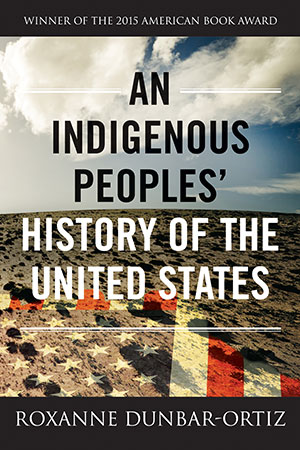
The daughter of a Cherokee-Irish mother and a Scots-Irish tenant farmer father, Dunbar-Ortiz embraced her “fragmented” Native heritage and became politically active in California in the 1960s, joining the civil rights, anti-apartheid, anti-Vietnam War, women’s liberation, and Red Power movements, which, she writes, helped her gain the critical perspective presented in the book.
In an intelligent, comprehensible style, Dunbar-Ortiz outlines the culture of European conquest cultivated centuries before would-be settlers crossed the Atlantic. With a Christian, white supremacist zeal that justified colonialism, she writes in the chapter “Sea to Shining Sea,” a militaristic heritage developed in Western Europe during the crusades, that was later brought to the Americas with its policies of destruction and dehumanization.
“The establishment of the missions and presidios…traces the colonization of California’s Indigenous nations. The five-hundred-mile road that connected the missions was called El Camino Real, the Royal Highway. These California Franciscan missions and their founder, Junipero Serra, are extravagantly romanticized by modern California residents and remain popular tourist sites. Very few visitors notice, however, that in the middle of the plaza of each mission is a whipping post.”
Dunbar-Ortiz explains that not only were warfare and forced removal exercised with the intent to erase Indigenous peoples from the Americas, but effective use of terminology also aided in the conquest of the continent. She illustrates how popular culture perpetuates and justifies the disappearance and conquest of Indigenous peoples through the Columbus Myth, the “Doctrine of Discovery,” the concept of “firsting and lasting” ― which directs the national narrative to speak of civilized Euro-American founders on one hand and “Ishi, the last Indian” on the other ― and popular songs, such as Woodie Guthrie’s “This Land is Your Land.”
Dunbar-Ortiz decolonizes the American founding myth by examining how early Anglo-American literature worked to justify the uprooting and elimination of Native peoples, and why authors, such as James Fennimore Cooper, Walt Whitman, Edgar Allen Poe, Henry Wadsworth Longfellow, Ralph Waldo Emerson, Henry David Thoreau, Nathaniel Hawthorne, and Herman Melville remain revered and studied today as national and nationalist writers instead of colonialist.
An Indigenous Peoples’ History of the United States challenges readers to rethink the national narrative of Manifest Destiny and ponder how society would be transformed if the reality of U.S. history were to be acknowledged on a wider scale.
In roughly three hundred pages, spanning more than four hundred years of history, the book offers a new periodization of U.S. history and demonstrates the active nature of Indigenous survival through organizing and storytelling.
A version of this review originally appeared in the Winter 2015-2016 issue of News from Native California.


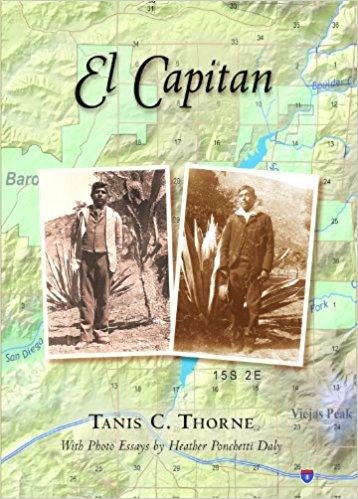
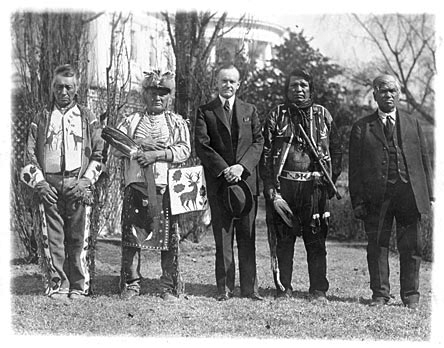
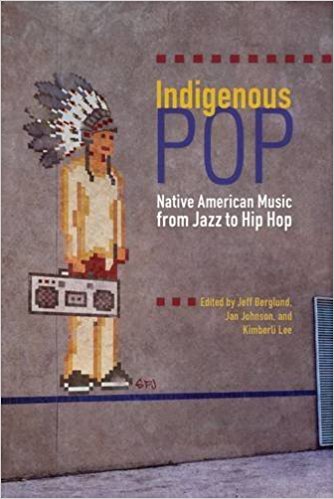
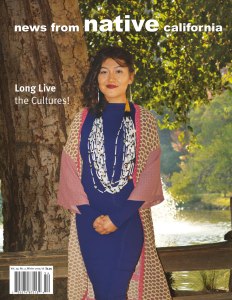 Last year, I was blessed with the opportunity to become a regular contributor to
Last year, I was blessed with the opportunity to become a regular contributor to